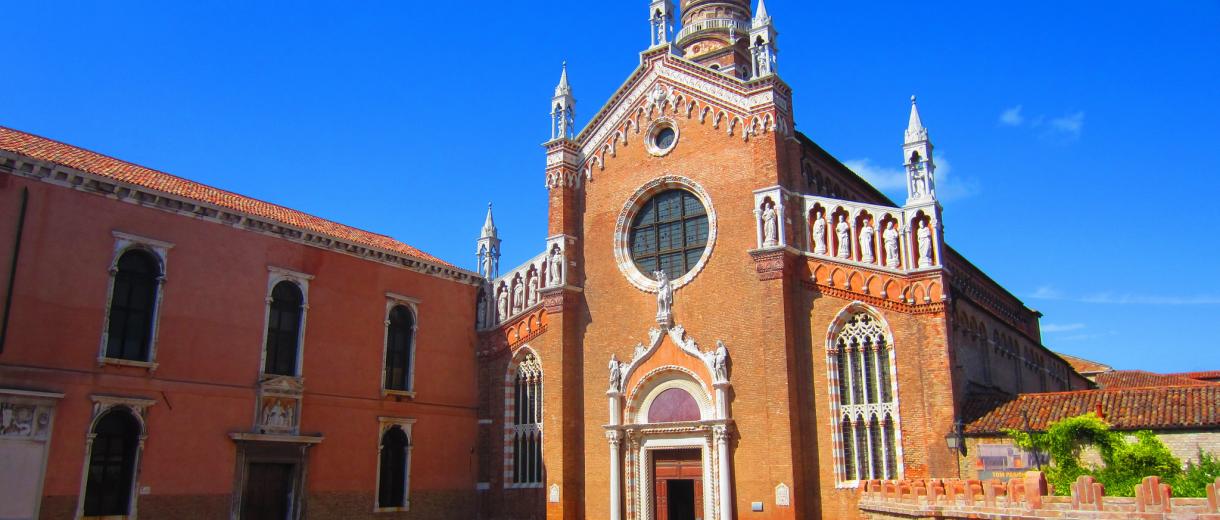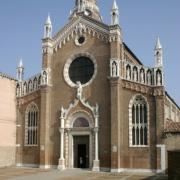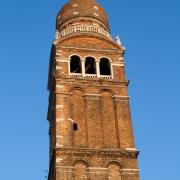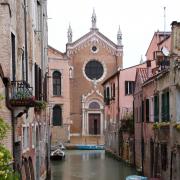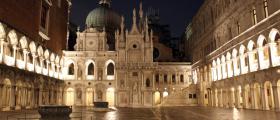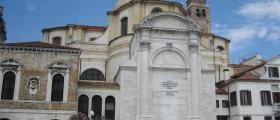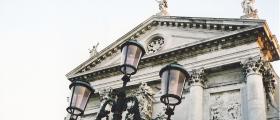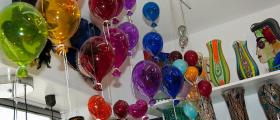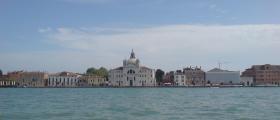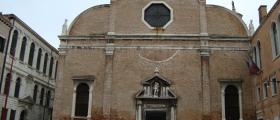The Church of Madonna dell'Orto
The Church is built on the homonymous square, on the northern side of the Cannaregio quarter.
It was founded in 1350 by the order of “Umiliati” and it is dedicated to God, the Virgin Mary and St. Christopher (protector of Travellers and ferry sailors).
The name comes from popular origins and was inspired by a miracle working statue of the Madonna found in a nearby vegetable garden belonging to Giovanni De Santi that left the statue there at first unfinished. The statue caught the attention of the citizens when the artist bride saw some weird flashlights coming from the statue itself, it become a cult object and that forced the church to buy the statue to avoid insane behaviours.
De Santi obtained to be buried in front of the statue wherever they placed it and a perpetual function to his honour, as well he got paid 150 ducati (a big sum of money for that epoch).
Church has been restored in 1399 (it lied on quite fragile foundations) in 1414 was officily named “Chiesa della Madonna dell’Orto” (Church of the Madonna in the Vegetable garden) by the Council of the 10 (however it was already called in the same way by the citizen before the council).
Right past year 1462 the “Umiliati” where banned due to their depraved habits, the church was assigned to the “ Pia Congregazione dei canonici secolari di San Giorgio” (the order was abolished in 1668) since 1931 the church is assigned to “Padri della congregazione di San Giuseppe” of San Leonardo Murialdo.
The Church is one of the most beautiful example of gothic architecture in Venice, the façade and the cloister was made in 1460-1464, statue are from 1500 same period for the bell tower and the dome enden in 1503.
The elegant doorway is a renaissance tinged work, on the top is surmounted with and arch with three statue representing San Cristoforo, the Virgin, and Gabriel the Archangel.
The interior grandeur begin above the first altar on the right which has Cima da Conegliano’s, St. John the Baptist (1493) at the end of the right nave, above the door, stands Tintoretto’s dramatic Presentation of the Virgin (1551), in the chapel to the right of the choir lies Tintoretto’s tomb.
Together with those of his children Domenico and Marietta, the contract with the painter is still conserved, dated 14th may 1565.
A wall separates the artist from two of his finest paintings, the Choir’s grand Last Judgement and the making of the golden calf, of the three paintings in the apse to the rear, those on the right-left, the beheading of Saint Paul and St. Peter’s vision of the cross are by Tintoretto, the central annunciation is by Palma il Giovane.
Tintoretto lived and worked in the close Campo do Mori.
On the left side there are four funerary chapels of some of the most important families (from left to right Valier (renaissance) Vendramin, Morosini (gothic) and Contarini.
On the right side lies the lateral altars and an important funerary monument built on request of Girolamo Cavazza, a diplomatic at the services t the Serenissima Republic which become a noble in 1657.
The bell tower is 65 meters tall, dominating the roof of Venice, the tower is visible (note the onion dome of the campanile clear witness of the Byzantine influence on Venetian Architecture) from the Northern Lagoon and it is one of first venetian Campaniles that can be seen coming in Venice trough the bridge ( della Libertà) and was built between 1400 and 1500.
On the top lies the statue of King redemptor and beside the 4 evangelist.

